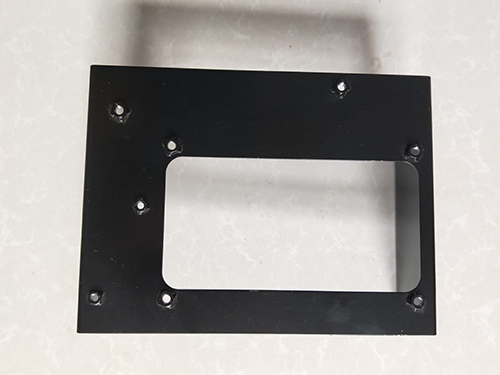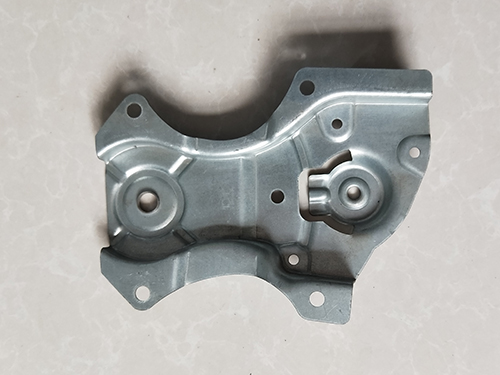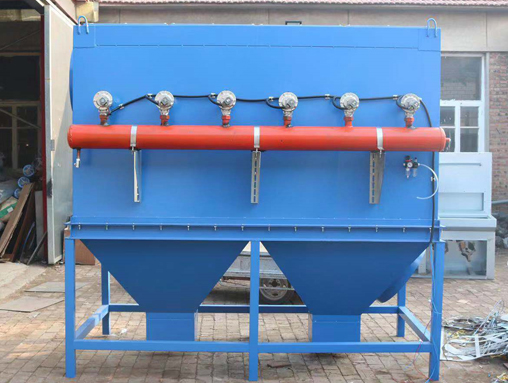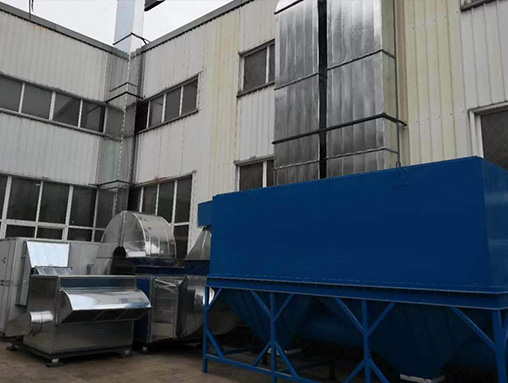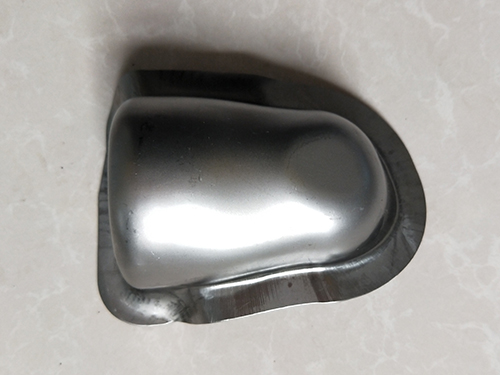Stamping method and forming of automobile body covering parts
Automotive body coverings; Due to its large size, complex shape, and mostly spatial curved surfaces, the drawing and forming of a covering piece often consists of multiple simple forming units (tension detection unit, pressure detection unit, mother pressure unit, etc.). Traditionally, there are two common methods for stamping cover parts: separate forming and integral forming. The separation forming method is to punch multiple simple units separately and then weld them together to form a complex target part. Its main advantage is that it increases the flexibility of sheet metal selection for each unit (sheet metal grade, coating type, sheet metal thickness...). However, the separation forming method increases stamping and mold costs (requiring a large number of molds and presses), assembly costs (requiring welding of individual parts), part shape requirements (required shape for part assembly), and body quality (required overlapping edges for welding parts).
The overall forming method is to simultaneously form multiple simple units using a sheet metal of the same grade, coating, and thickness. The main advantages are the ability to reduce the number of molds and presses, lower assembly costs, and address the issue of shape fit required for multiple unit assemblies. Its main disadvantage is that it will inevitably select sheets with thickness and formability from the sheets used in the original simple units, resulting in excessive material selection for some units and an increase in vehicle quality and cost, which increases the difficulty of forming. The application of welded blanks for stamping car body coverings can combine the advantages of both separate forming and integral forming methods, while also overcoming the shortcomings of both. This is a new stamping method.
Splicing board is a lightweight sheet metal with ideal strength and stiffness, which is made by welding two or more pieces of sheet metal with different mechanical properties, coatings, and thicknesses together. The main welding methods for welded blanks include laser welding, rolling resistance seam welding, electron beam welding, induction welding, plasma welding, and gas tungsten arc welding, among others. Laser welding is suitable for steel plates and aluminum plates, rolling resistance seam welding is suitable for steel plates, and gas tungsten arc welding is suitable for aluminum plates.
In addition to the decrease in formability, welded blanks have many advantages: reducing the number of body covering parts; Simplify the overall structure of the vehicle by eliminating the need for reinforcing plates; Reduce the number of molds and processes, simplify the car body manufacturing process; Reduce the amount of spot welding; Reduce the quality of the vehicle body; Improve the precision of components and subassemblies, and increase the stiffness of the vehicle body; Reduce waste generation and utilize waste to improve the utilization rate of sheet metal; Reduce costs, shorten design and cycle time; Cutting sheets of different properties, coatings, and thicknesses together to improve the flexibility of cover design. The advantages of welding plates have been demonstrated in General Motors' Cadillac sedan and Volvo 850 model. In March 1998, the ultra light body (ULSAB) exhibited at the Geneva Motor Show used 18 welding plates - equivalent to four times the current usage of ordinary car models. Compared with the current ordinary four door medium-sized sedan, the body mass decreased by 25%, the torsional stiffness increased by 65%, the vibration characteristics increased by 35%, and the bending stiffness increased. Research on stamping formability of 4 welded blanks 4.1 Overview of formability research of welded blanks Although the use of welded blanks has brought many benefits, it has also encountered many technical problems that are difficult to solve, mainly due to the decrease in formability caused by factors such as changes in the microstructure of the weld zone and weld movement. The forming strain of the welded plate decreases by more than 50% compared to the base material. The Stuttgart School in Germany conducted a series of basic experimental studies to evaluate the formability of welded blanks, and based on this, designed a segmented mold structure suitable for the formation of welded blanks. General Motors, Toyota Research Center and Laboratory, and Ohio State University Engineering Research Center also used experimental methods such as uniaxial tensile testing and hydraulic deep drawing forming experiments to study the mechanical and stamping characteristics of welded blanks, and conducted experimental analysis on the practical application of welded blanks in vehicle body parts. The formability of welded blanks was evaluated using a 100mm hemispherical arch tensile test and a uniaxial tensile test. It was found that the formability of welded blanks is mainly influenced by four welding parameters: plate thickness difference, shielding gas, weld position, and plate surface quality. Using standard and small-sized specimens for testing, various techniques for achieving the formation of spliced welded plates were studied. It was found that the distance of weld seam movement mainly depends on the strength ratio of the materials on both sides of the weld seam and the position of the weld seam, and is not closely related to the weld seam method and width. The formability of welded blanks mainly depends on the distance of weld seam movement, the deformation mode affected by weld seam movement, strain, and failure location. The movement of the weld seam mainly depends on the properties of the base metal and boundary constraints, and the force acting on the weld seam is calculated by subtracting the force acting on the base metal.
Research on Welding Seam Movement Control of Splicing Plate
Due to the fact that weld seam movement is an important factor affecting the stamping formability of welded blanks, the amount of weld seam movement is mainly controlled by changing the stretching ribs, adjusting the edge pressure, and applying weld seam clamping devices.
1. Applying stretching ribs to control the movement of weld seams. Different thickness combinations (0.8/1.2mm and 0.8/1.6mm, and different distances between weld seams and the center of the workpiece (0, 12, and 24mm) were used for steel plates to study the control of stretching ribs on the movement of weld seams. For the stamping forming of spliced welded plates with a plate thickness of 0.8/1.2mm and a weld seam distance of 12mm from the center of the workpiece, the weld seam movement distance is 1.2mm with reinforcement and 2mm without reinforcement. This indicates that properly arranged stretching ribs can reduce the amount of weld seam movement. In addition, they also studied the influence of the cross-sectional size of the drawstring on the movement of the weld seam.
2. There are three forms of changing the edge pressure to control the movement of the weld seam: using a rigid edge pressure ring with a stepped surface, a deformable edge pressure ring, and a combination edge pressure ring. For different thicknesses of welded plates, using a stepped edge pressing ring can effectively control the movement of the weld seam of unequal thickness welded plates, meeting the forming requirements (otherwise, the thin side plate material will inevitably wrinkle if not compressed). The movement of the weld seam can only be reduced, so it is necessary to set a reasonable width of movement gap to ensure that the thick side plate material will not be blocked from moving towards the thin side and cause the thin side plate material to crack. Due to the presence of weld seam movement, when the weld seam moves towards the thin side plate material, it will cause tearing of the thin side plate material; When the weld moves towards the thick side plate material, it will cause wrinkling of the thin side plate material.
3. The movement of the weld seam is controlled by a hydraulic clamping device, which is used to control the movement of the weld seam of the welded plate. The experimental results show that this method can significantly reduce the degree of weld seam movement Reduce the movement of the weld seam by 72.6% and 84.9%. This method allows the weld seam to be located at any position of the curvature of the stamped part, without being limited to the vertices of the punch.
